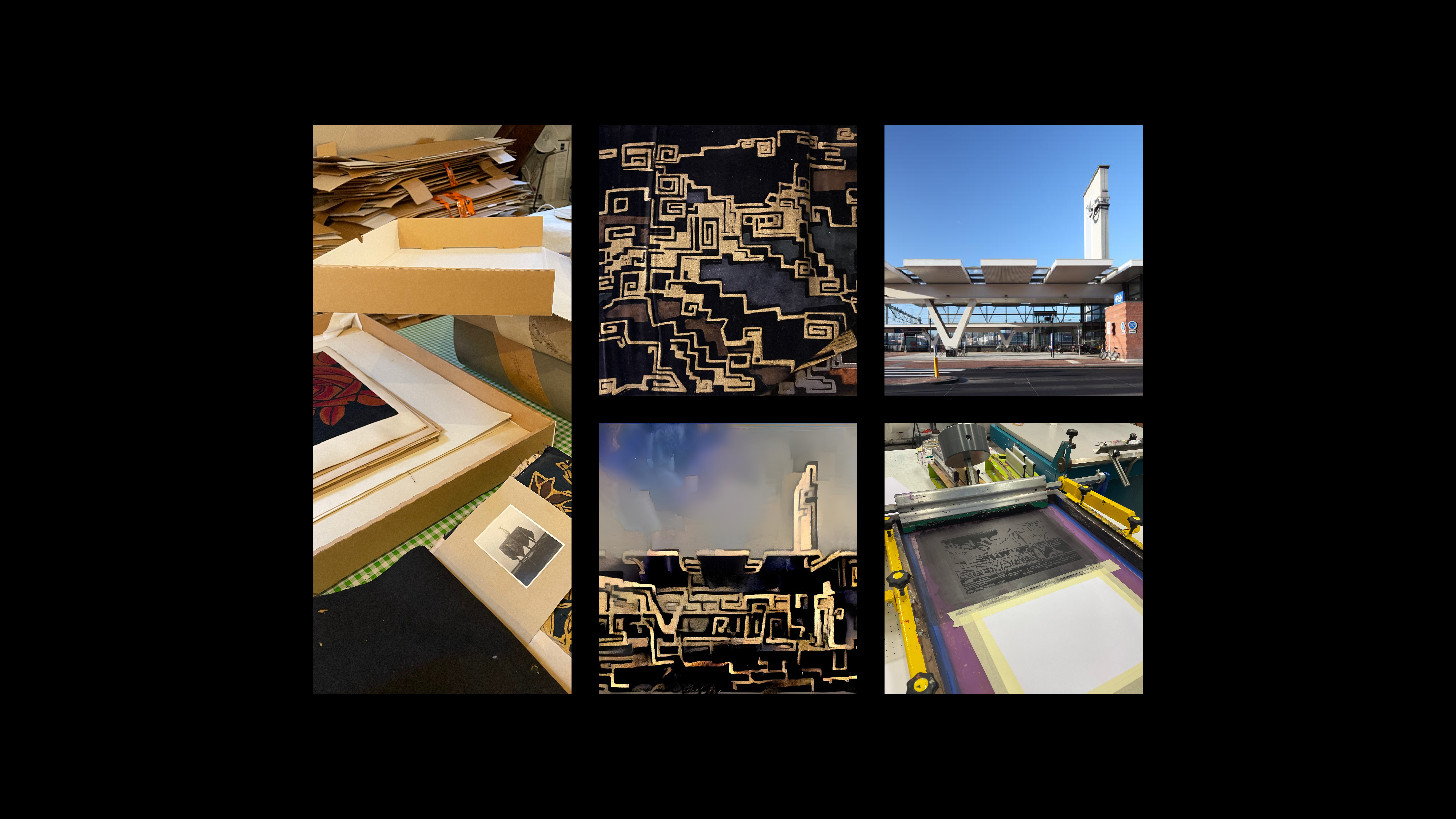



Minor research project
Willem de Kooning Academy
Willem de Kooning Academy
Central to
my design practice is a profound fascination for the impact of identity on
human experiences, and consequently, how this influences the aesthetic
formation of our communities. With Communal Cotton, I delve into the history
that defines my hometown by relating its architecture, art, and culture to the
influence that industrialization had in shaping it. Through experimental research
I explore how we as designers can use artifacts as data to revolutionize the
way we design a visual language.
Communal Cotton is underpinned by the principle "soils are home." Despite no longer residing there, my hometown remains the essence of what could be defined as home for me. With this project, I aimed to intertwine my design practice with my personal identity, utilizing my skills and expertise into something I could eventually give back to the community that shaped me. Metaphorically, my roots lie in the soil of Almelo, the town that serves as the wellspring of inspiration for this project. The project primarily revolves around the intersection of the cultivation of linen and the importation of cotton, intimately intertwined with the overarching theme of soil and the industrialization that has shaped this town.
Throughout the project, I conducted extensive research and innovative experiments within the realm of textiles, always mindful of the material's historical and contextual significance. The initial phase involved delving into theoretical research and building an archive of information and photographs detailing the history and impact of the Almelonean textile industry. Discovering that much of the city's architecture was initially funded by this industry highlighted its pivotal role in the transformation of a remote agricultural town into the medium-sized city it stands as today.
Communal Cotton is underpinned by the principle "soils are home." Despite no longer residing there, my hometown remains the essence of what could be defined as home for me. With this project, I aimed to intertwine my design practice with my personal identity, utilizing my skills and expertise into something I could eventually give back to the community that shaped me. Metaphorically, my roots lie in the soil of Almelo, the town that serves as the wellspring of inspiration for this project. The project primarily revolves around the intersection of the cultivation of linen and the importation of cotton, intimately intertwined with the overarching theme of soil and the industrialization that has shaped this town.
Throughout the project, I conducted extensive research and innovative experiments within the realm of textiles, always mindful of the material's historical and contextual significance. The initial phase involved delving into theoretical research and building an archive of information and photographs detailing the history and impact of the Almelonean textile industry. Discovering that much of the city's architecture was initially funded by this industry highlighted its pivotal role in the transformation of a remote agricultural town into the medium-sized city it stands as today.
With my findings in tow, I embarked on visually communicating my discoveries. A
visit to the attic of a local art museum led to the curation of fabrics
designed by local artists over a century ago, once produced in the town's
factories but now scarcely recognized by the community. To convey my
theoretical and visual findings to the local populace, I integrated both facets
of my research through experimentation by blending fabric styles with images of
local architecture. I created a fusion of historical narratives, resulting in a
new visual language. To further amplify their value, I screen-printed these
outcomes onto fabric.
Continuing my exploration, I turned to AI, using the patterns from the collected fabrics as data to uncover further insights. By training the AI with all the images as data, I sought to uncover new patterns, culminating in the development of a fresh visual language that combined historical data with my earlier experiments. This process illuminated the potential of innovative, data-driven research methodologies contributing to elevating my design practice in the future.
Continuing my exploration, I turned to AI, using the patterns from the collected fabrics as data to uncover further insights. By training the AI with all the images as data, I sought to uncover new patterns, culminating in the development of a fresh visual language that combined historical data with my earlier experiments. This process illuminated the potential of innovative, data-driven research methodologies contributing to elevating my design practice in the future.
Special thanks to
Stedelijk Museum Almelo
Stedelijk Museum Almelo